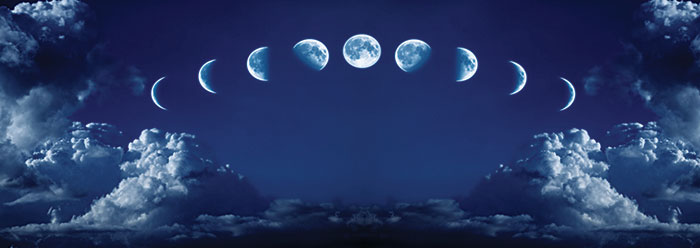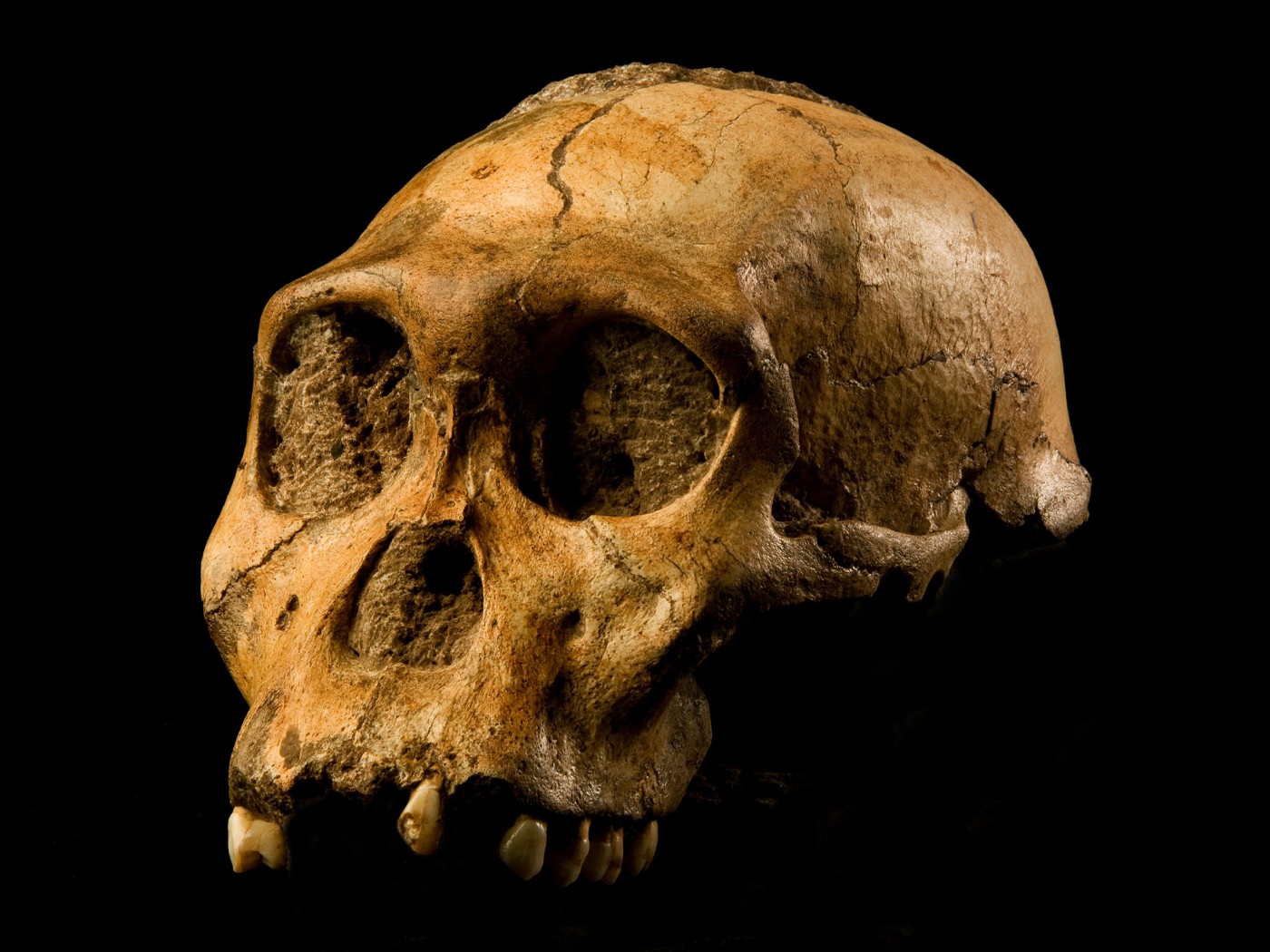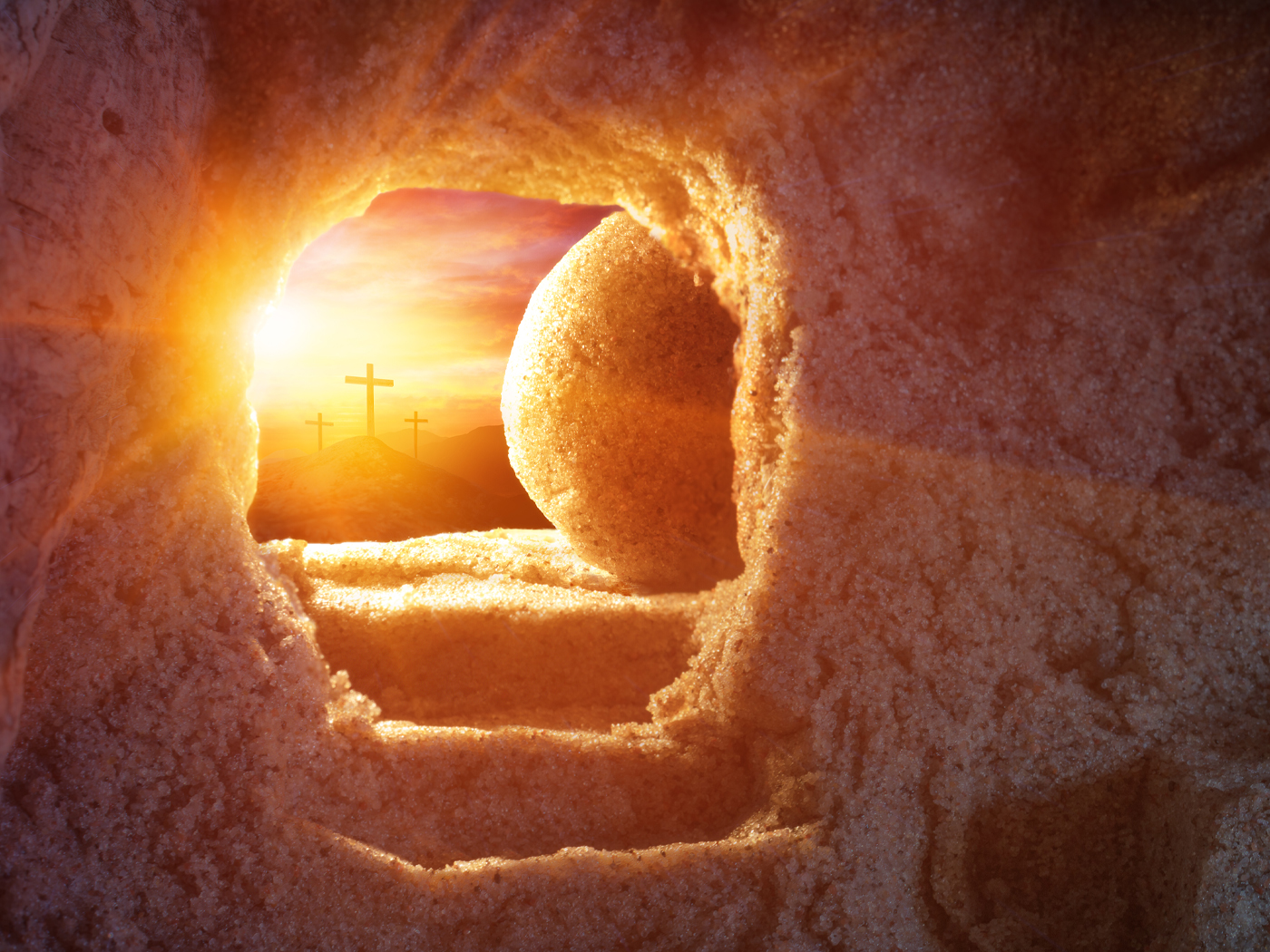Earth is ruled, in part, by lunar rhythms. It is “tuned” to the moon’s periodic rhythms in its daily and monthly cycles as well as annual seasons. This illustrates Genesis 1:16, which states God purposefully programmed the moon to “rule” the night.
Animistic and polytheistic religions personify the moon, but what does Genesis teach about its effects on the earth and creatures living here? In other words, how can the moon, which is inanimate, rule anything?
God programmed the moon to rule in at least two ways: 1) by gravitational attraction—which is physically quite forceful; and 2) by providing a recurring pattern of reflected light to Earth, which rotates daily as the moon orbits the earth.
The moon’s physical regulation, by gravity and by moonlight photoperiodicity (periodic light exposure), can be analytically compared to the inanimate governor device (also called a “speed limiter”) that can be installed to regulate the top speed of a commercial truck. The truck’s governor is inanimate, yet it implements the purposeful intention of the intelligent engineer who devised it to limit how fast a truck can go on the highways.1 Likewise, the moon mechanically implements the intelligent design that God selected for its fine-tuned movements and regulatory functions.
Moonlight Photoperiodicity Rules the Earth
How important to life on Earth is moonlight and its periodic rhythms?
No physical factor is of greater interest to the ecologist than light. It is, first, a source of energy; second, a limiting factor (since too little or too much kills); and third, an extremely important regulator of daily and seasonal activities for a great many organisms, both plant and animal.…One of the most dependable environmental cues by which organisms time their [developmental and periodic] activities in temperate zones is the day-length period, or photoperiod....Photoperiod [can regulate] a physiological sequence that brings about molting, fat deposition, migration, and breeding in temperate-zone birds.…However, one can produce out-of-season fat deposition, migratory restlessness, and an increase in size of reproductive organs in midwinter in the laboratory by an artificial increase in the light period.2
Moonlight affects Earth by each diurnal (day/night) cycle, by each lunar-month cycle (i.e., new moon, second quarter, full moon, fourth quarter phases), and by the annual cycle of recurring seasons. The equinox-to-equinox year varies the ratio of daylight to moonlight, so days get “shorter” and “longer” depending on the time of year.3
Lunar light regulates Pacific salmon smolt migratory movements.4 Moonlight intensity and daylight/moonlight ratios, which vary with the seasons, regulate salmon migration, growth, and development.5 Even some plant chlorophyll activity depends in part on moonlight.6
Lunar Gravity Rules the Earth
Lunar gravity forcefully regulates Earth’s tides worldwide.7 Christmas Island red crabs depend on tidal rhythms to time their migrations to beaches to mate and deposit the next generation of baby crabs into high-tide waters.8 Likewise, barnacles, as anchored filter-feeders, depend on the tides to wash up planktonic nutrients, providing ready meals on tidal waves.9 Many more examples of tide-dependent animal behaviors could be given.
Even plants depend on the rhythmic pull of the moon’s gravity. The moon’s monthly cycle regulates water in cultivated soil, triggering seed swelling, seed bursting, seed germination, leaf growth, root growth—which is why the lunar cycle-timed Jewish feasts of Leviticus 23 coincide with spring and autumn harvest cycles.6
Bottom line: Genesis 1:16 teaches that God made the moon to rule the night. Creation provides a host of witnesses—crabs, barnacles, salmon, crops, and more—that corroborate that truth.
References
- The usage of speed-limiting “governors” was tested by this author, years ago, when he was a Class B truck-driver.
- Odum, E. P. 1975. Ecology: The Link Between the Natural and the Social Sciences, 2nd ed. New York: Holt, Rinehart and Winston, 113-114.
- Genesis 8:22.
- “The 29.5-day cycle of moonlight does have a timing function in some fish behavior.” Smith, R. J. F. 2012. The Control of Fish Migration. New York: Springer-Verlag.
- Ditlefsen, A., translation by C. Stultz and C. B. Eckmann. Salmon Thrive on Electric Lighting. The Research Council of Norway. Posted on forskningsradet.no August 20, 2007, accessed July 2, 2015.
- Norten, M. 2015. Unlocking the Secrets of the Feasts: The Prophecies in the Feasts of Leviticus. Nashville, TN: Thomas Nelson, 38-39.
- “The part of the earth that is closest to the moon at any given moment will feel the moon’s gravitational pull most strongly…this pull is experienced as high tide.” Amos, W. H. and S. H. Amos. 1985. Atlantic and Gulf Coasts. New York: Alfred A. Knopf, 27-28. For analysis, see James J. S. Johnson’s An Oceanographer’s Insight, for Researching and Analyzing Oceanic and Littoral Ecosystem Dynamics, Guided by ‘High-Definition’ Biblical Philology, Creation Research Society Conference, Dallas, Texas, July 31, 2015, 67 pages.
- See Johnson, J. J. S. 2011. A Christmas Carol in Four-Part Harmony. Acts & Facts. 40 (12): 8-10 describing tide-governed phenology of red crabs.
- Regarding filter-feeding barnacles, dependent upon moon-ruled tidewaters for planktonic food, see Amos, Atlantic and Gulf Coasts, 454-455.
* Dr. Johnson is Associate Professor of Apologetics and Chief Academic Officer at the Institute for Creation Research.























